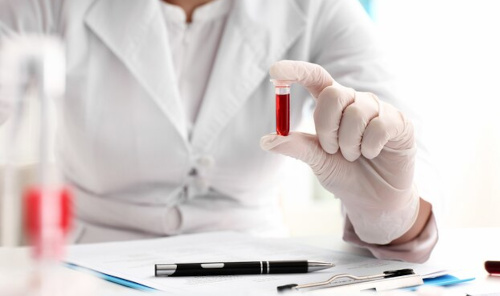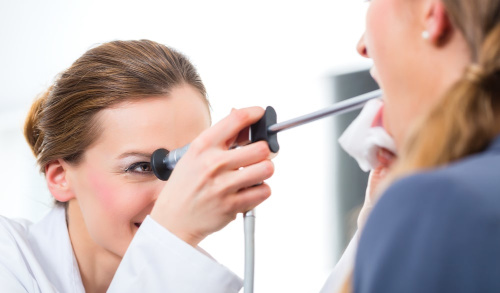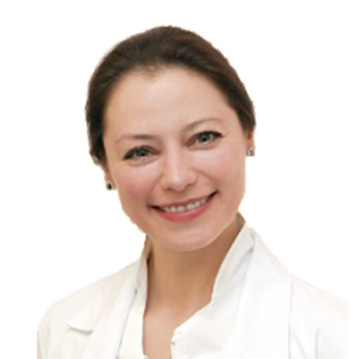Benign formations of the nasal cavity, pharynx, larynx
Treatment of benign formations of the nasal cavity, pharynx, larynx at the K+31 clinic.

Best
specialists
specialists

Expert
equipment
equipment

Advanced diagnostic
treatment
treatment

The main symptoms of formations in the ENT organs
- Difficulty swallowing
- Speech and breathing problems
- Headache that often radiates to the neck
- Unreasonable shortness of breath
- Frequent nosebleeds
- Bad breath
- Feeling of a foreign body in the nasopharynx
General information about the treatment
of benign formations of the ENT organs
of benign formations of the ENT organs
Our doctors
Make an appointment at a convenient time on the nearest date
Price
Otorhinolaryngologist primary appointment
from 4 950 ₽
Otolaryngologist repeated appointment
from 4 400 ₽
Reception of an otorhinolaryngologist at home in Moscow within the Moscow Ring Road
from 14 555 ₽
Planned remote online consultation of an otorhinolaryngologist using telemedicine technologies

Appointment to the doctor
Fill out the form, our managers will contact you within 15 minutes
Our clinics
Didn't find the service you were looking for?
Call us!
+7 (495) 104-48-14
Write to whatsapp
Ask question
































Symptoms
Benign formations of the nasopharynx (ENT organs) are often diagnosed - about 2-3% of the total number of cases. Most often, neoplasms that do not metastasize and do not recur after removal are localized in the larynx. They differ in histological structure. Less commonly diagnosed are benign formations in the nose and sinuses - fibromas, neuromas, angiomas. Sometimes mucosal polyps are classified as neoplasms. But they do not have the structure characteristic of tumors.
Benign tumors of the ENT organs grow more slowly compared to malignant tumors. But as the formation increases, it affects and injures nearby tissues and mucous membranes. If a benign tumor is ignored, the risk of its degeneration into cancer increases over time.
In most cases, patients consult a doctor with advanced forms of the disease, which are accompanied by more serious concomitant symptoms - elevated body temperature, weight loss, and apathy. Often they indicate that a benign formation has passed into a malignant stage of development.